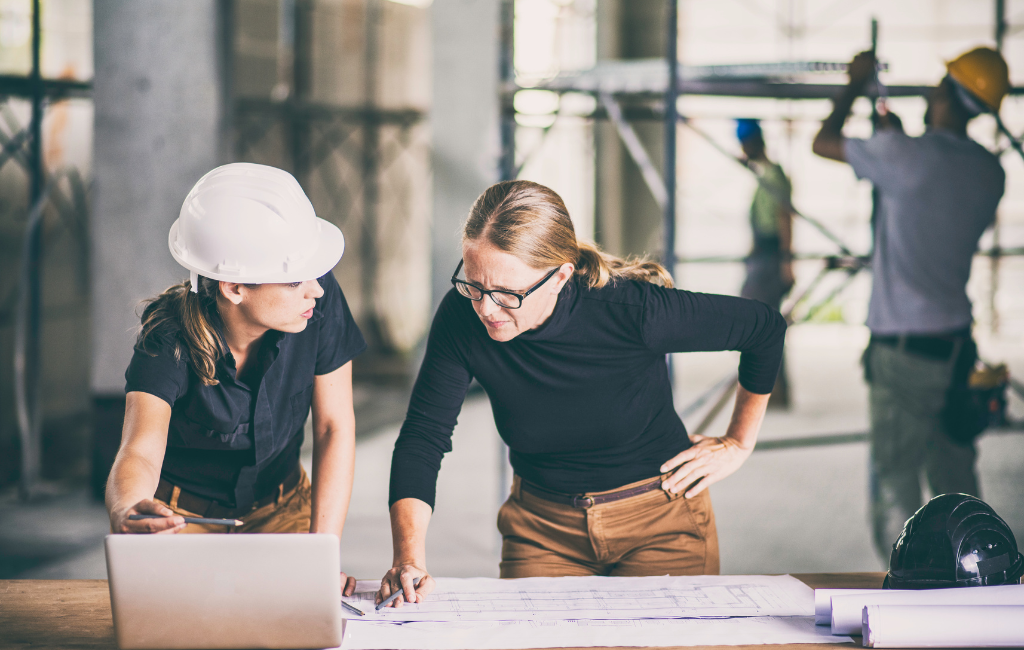
-
Table of Contents
- The Role of Architects in Shaping Tomorrow’s Cities
- Sustainability in Urban Design
- Green Buildings
- Urban Planning and Public Spaces
- Integration of Technology
- Smart Buildings
- Urban Mobility Solutions
- Community Development and Social Impact
- Inclusive Design
- Cultural and Historical Preservation
- Case Studies and Statistics
- Conclusion
Architect Shaping Tomorrow’s Cities
As urban populations continue to grow, the role of architects in designing and planning cities becomes increasingly significant. Architects are not just creators of buildings; they are visionaries who shape the environments in which we live, work, and play. This article explores the multifaceted role of architects in shaping the cities of the future, highlighting their contributions to sustainability, technology integration, and community development.
Sustainability in Urban Design
One of the most pressing challenges facing modern cities is sustainability. Architects play a pivotal role in addressing this issue by designing buildings and urban spaces that minimize environmental impact. Sustainable architecture involves the use of eco-friendly materials, energy-efficient systems, and innovative design techniques that reduce carbon footprints.
Green Buildings
Green buildings are designed to be environmentally responsible and resource-efficient throughout their lifecycle. Architects incorporate features such as:
- Solar panels and renewable energy sources
- Green roofs and vertical gardens
- Rainwater harvesting systems
- Energy-efficient lighting and HVAC systems
For example, the Bullitt Center in Seattle is often cited as one of the greenest commercial buildings in the world. It features solar panels, composting toilets, and a rainwater-to-potable water system, demonstrating how architects can lead the way in sustainable design.
Urban Planning and Public Spaces
Architects also contribute to the creation of sustainable urban plans that prioritize green spaces, public transportation, and pedestrian-friendly areas. These elements are crucial for reducing pollution and improving the quality of life for city dwellers. The High Line in New York City is a prime example of how architects can transform unused urban spaces into vibrant public parks that benefit the community and the environment.
Integration of Technology
Technology is rapidly changing the way cities are designed and built. Architects are at the forefront of integrating cutting-edge technologies into urban environments, making cities smarter and more efficient.
Smart Buildings
Smart buildings use advanced technologies to optimize energy use, enhance security, and improve the overall living experience. Architects design these buildings with features such as:
- Automated lighting and climate control systems
- IoT devices for real-time monitoring and maintenance
- Advanced security systems with facial recognition
- Smart waste management systems
The Edge in Amsterdam is a notable example of a smart building. It uses IoT technology to create a highly efficient and user-friendly workspace, setting a new standard for office buildings worldwide.
Urban Mobility Solutions
Architects are also involved in designing infrastructure that supports modern urban mobility solutions. This includes bike-sharing stations, electric vehicle charging points, and smart public transportation systems. These innovations help reduce traffic congestion and promote sustainable transportation options.
Community Development and Social Impact
Beyond sustainability and technology, architects have a profound impact on community development and social well-being. They design spaces that foster social interaction, inclusivity, and cultural expression.
Inclusive Design
Inclusive design ensures that urban spaces are accessible to everyone, regardless of age, ability, or socioeconomic status. Architects achieve this by incorporating features such as:
- Universal design principles
- Accessible public transportation
- Affordable housing solutions
- Community centers and recreational facilities
The Maggie’s Centres in the UK are a great example of inclusive design. These cancer care centers are designed to be welcoming and accessible, providing a supportive environment for patients and their families.
Cultural and Historical Preservation
Architects also play a key role in preserving cultural and historical heritage within urban environments. They balance the need for modernization with the preservation of historical landmarks and cultural sites. This approach not only maintains the city’s unique identity but also promotes tourism and education.
The renovation of the Tate Modern in London is a case in point. The architects successfully transformed a former power station into a world-renowned art gallery, preserving its historical significance while creating a modern cultural hub.
Case Studies and Statistics
Several case studies and statistics highlight the impact of architects on urban development:
- A study by the World Green Building Council found that green buildings can reduce energy consumption by up to 50%.
- The Smart Cities Council reports that smart buildings can reduce operational costs by 30% through efficient energy management.
- The High Line in New York City attracts over 8 million visitors annually, demonstrating the social and economic benefits of well-designed public spaces.
Conclusion
Architects play a transformative role in shaping the cities of tomorrow. Through sustainable design, technology integration, and community-focused projects, they create urban environments that are not only functional but also enriching and inclusive. As cities continue to evolve, the contributions of architects will remain indispensable in building a better future for all.